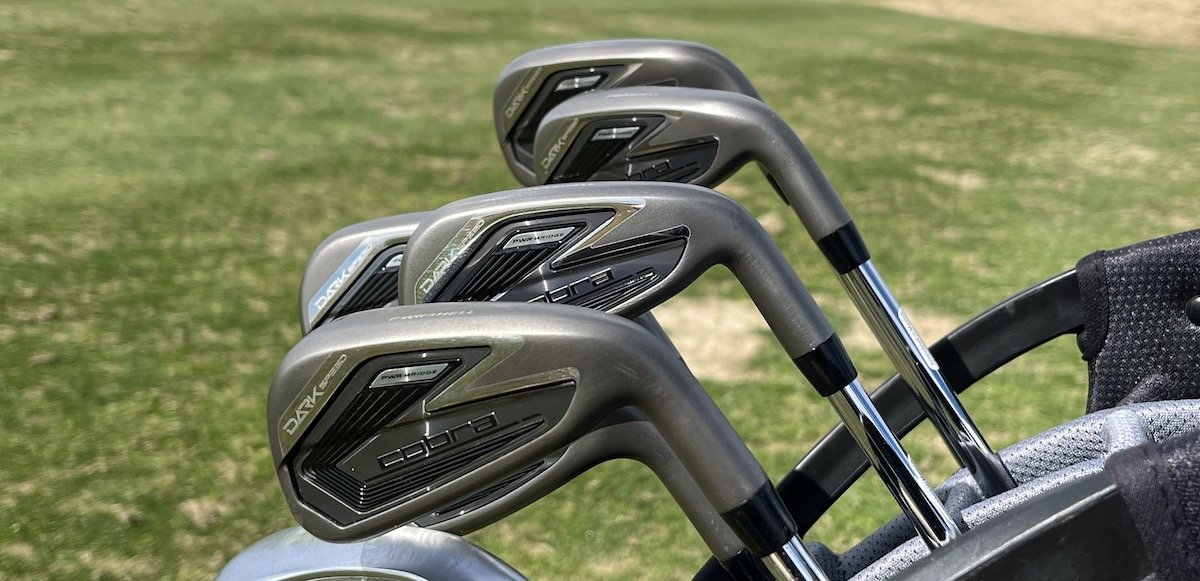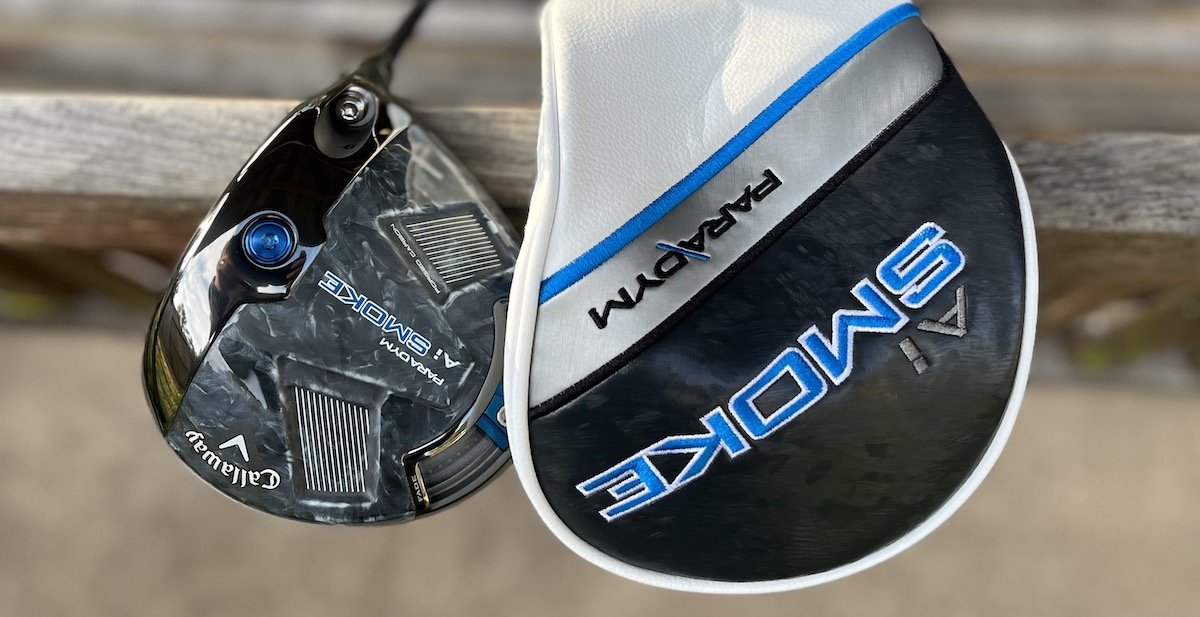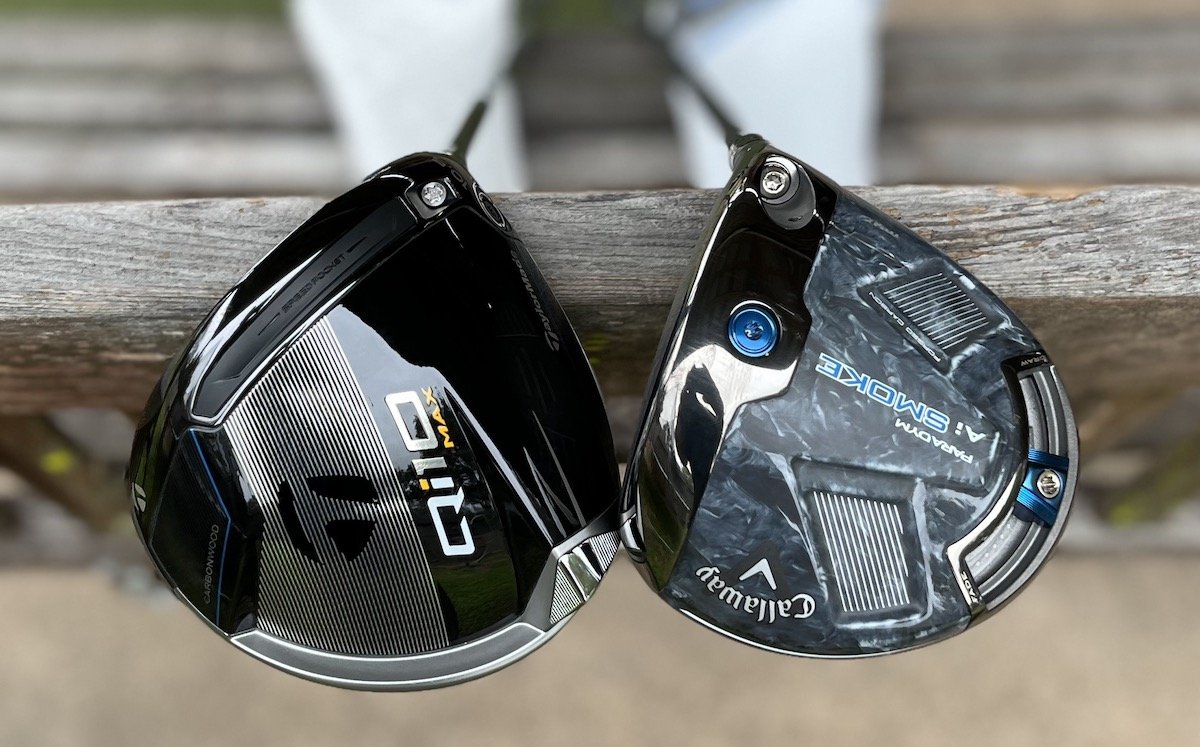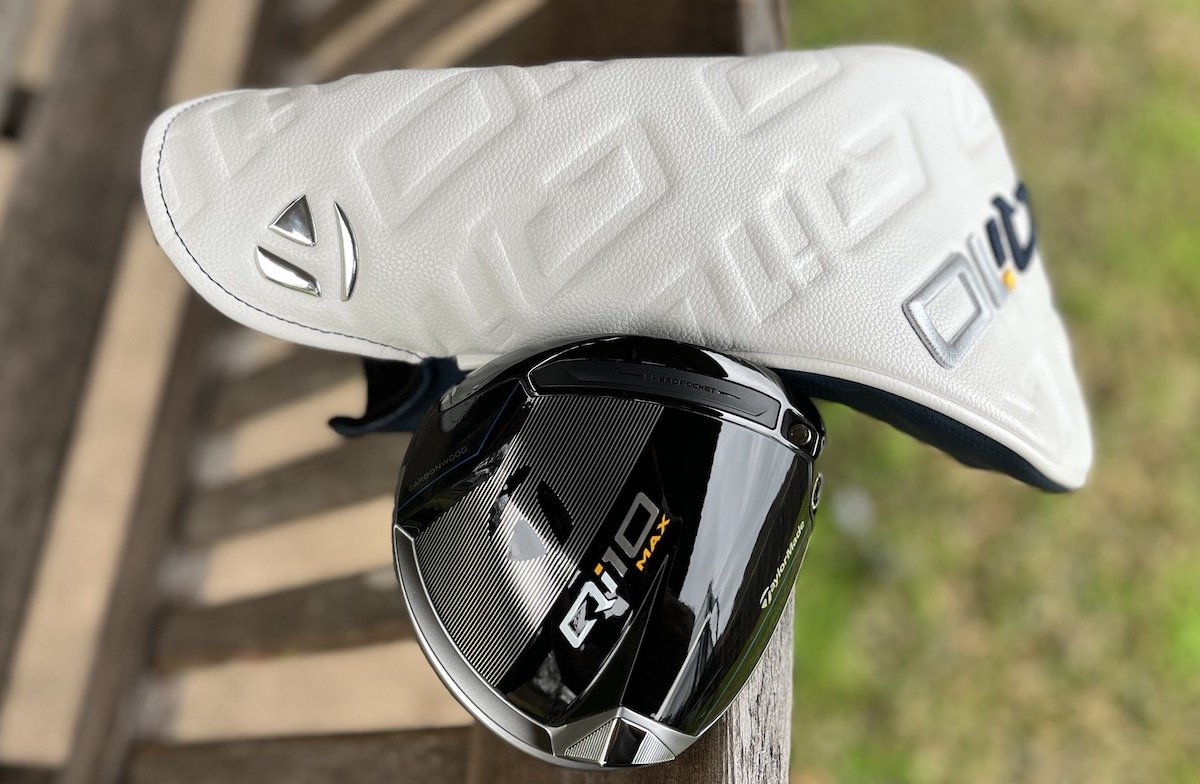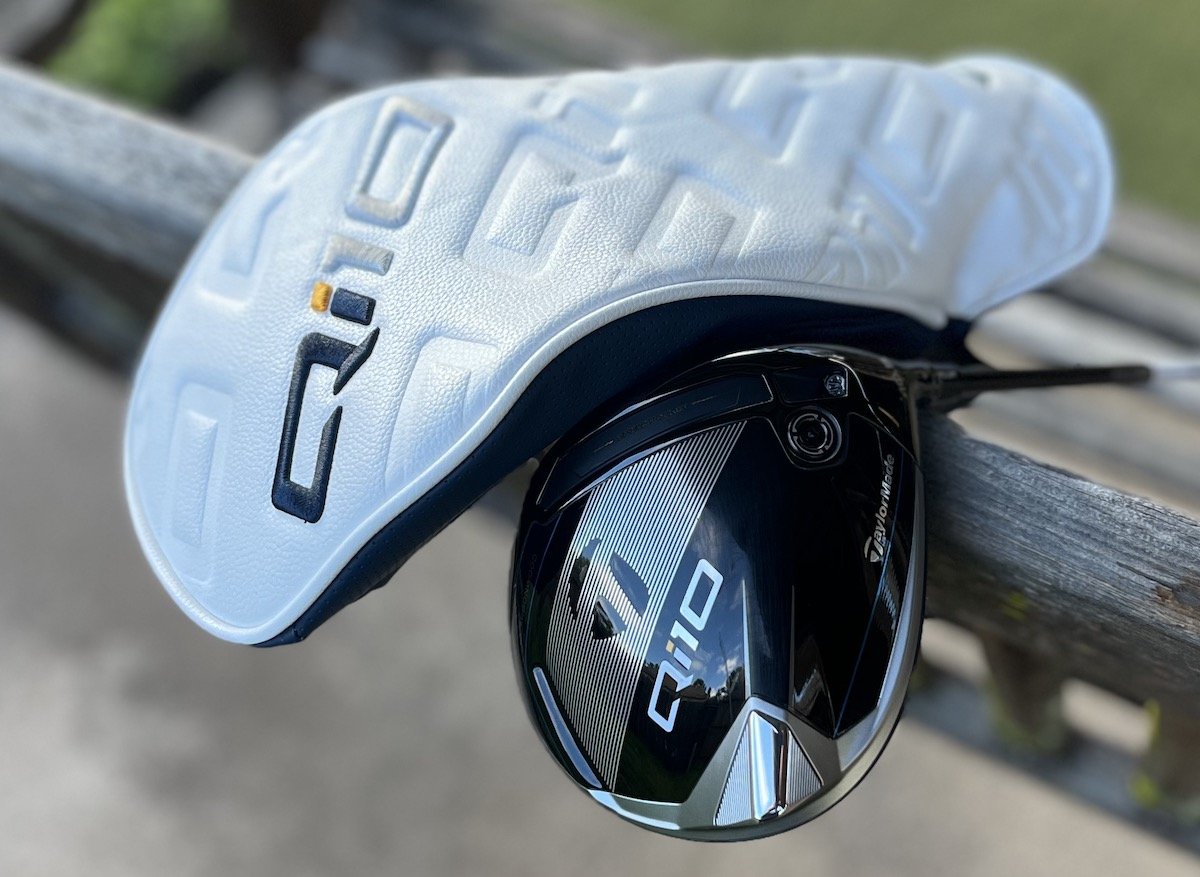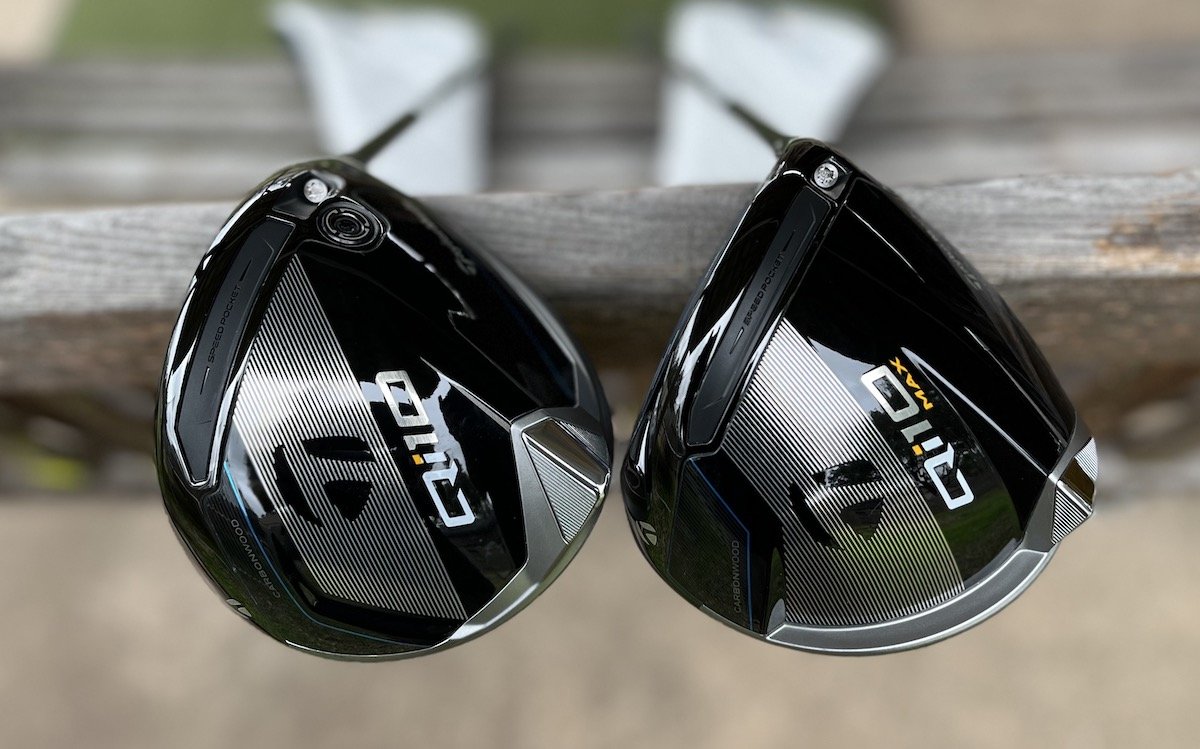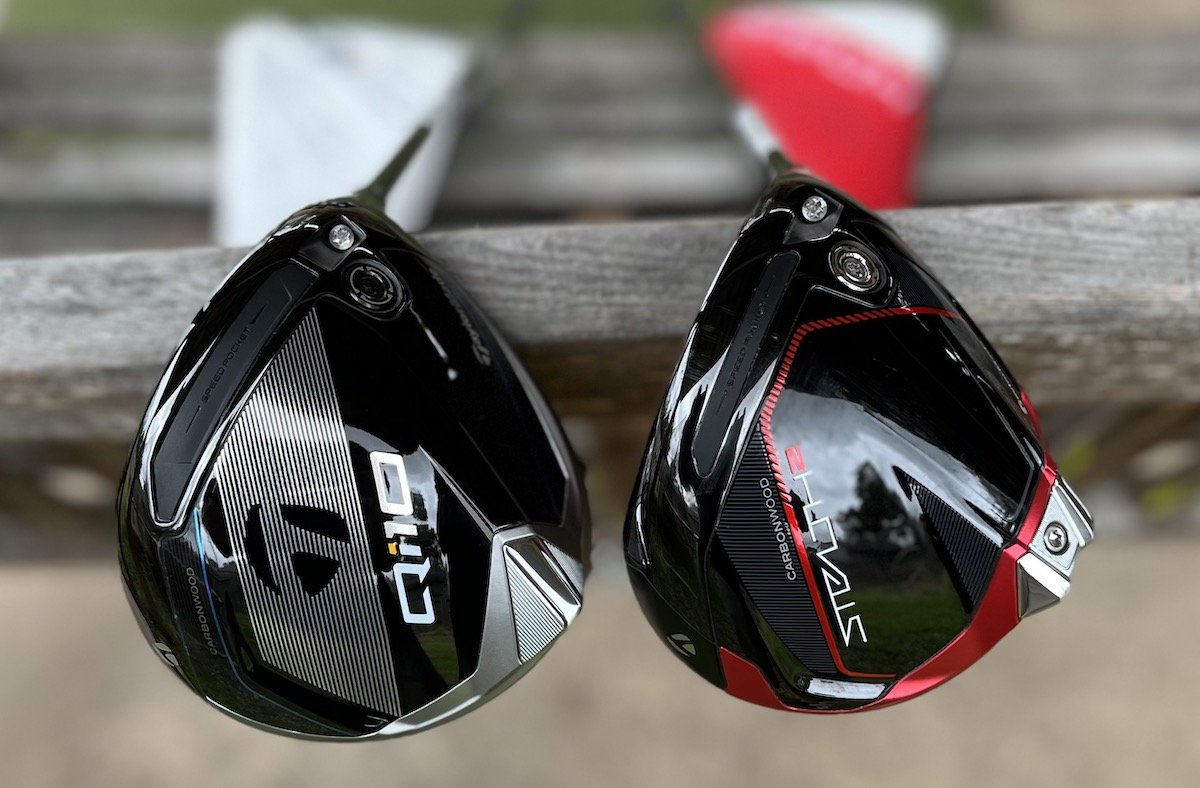Do you know why you reach for a sand wedge vs the pitching wedge out on the course?
Most golfers don’t.
I’m a teaching pro & a scratch golfer who has played golf for 30 years. I’m always looking to improve my game, even if it is just a shot or two here and there. I love testing new strategies on and off the course and studying golf swings to see what works.
I’ll help you choose between the sand wedge and the pitching wedge confidently. It’s going to save you strokes.
Sand Wedge
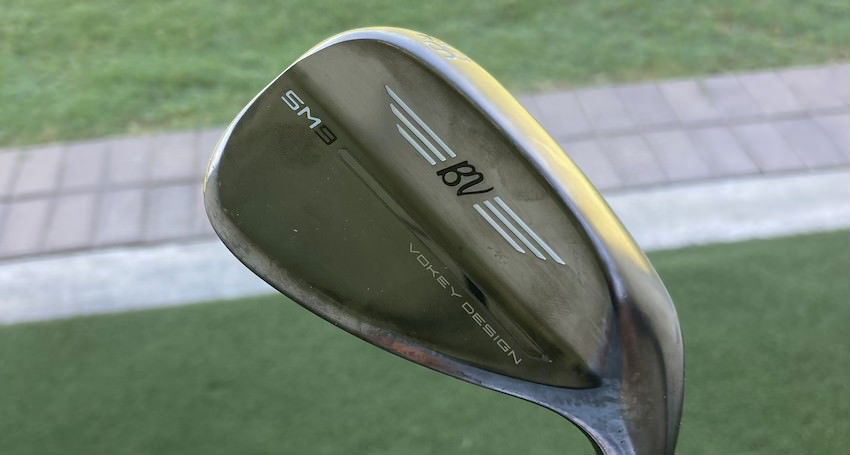
Guess what? The sand wedge is for more than just the sand.
A standard sand wedge is 56 degrees, although lofts range from 54 to 58 degrees.
- They have more bounce and a wider sole than irons.
- Their grooves are generally closer together to help generate much higher spin.
Thus, the sand wedge is the go-to wedge for lofted shots around the green.
Pitching Wedge
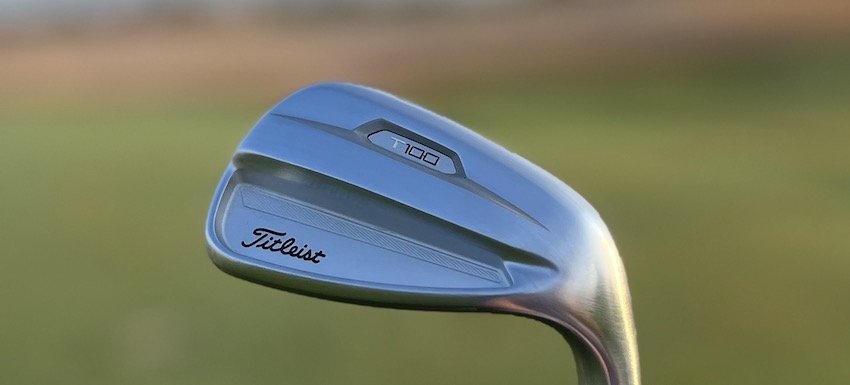
The pitching wedge is the go-to club for many golfers from 120 yards and in. Lofts generally range from 42 to 48 degrees.
The bounce on a pitching wedge is similar to the other irons in your bag, not your other wedges. They are a good choice for full shots, half shots, simple chip shots, and clean lies around the green.
Sand Wedge vs Pitching Wedge (The Differences)
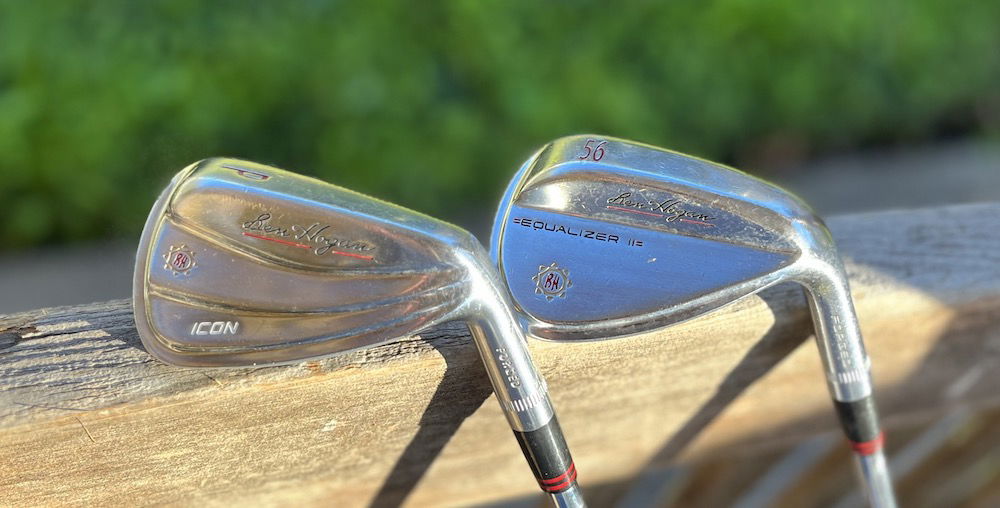
The sand wedge and the pitching wedge have a lot in common. But, their differences are key and help you decide which one to use on the course.
Lofts
You’ll have an 8-degree loft gap between your sand wedge and pitching wedge if your bag is properly gapped. Most golfers buy a “gap” wedge to fill this loft and distance gap.
Sand wedges are standard at around 56. Pitching wedges don’t have much of a standard anymore unless you consider the iron type. (Game improvement- closer to 42-44 degrees, players style pitching wedge 45-48).
The sand wedge has higher lofts for:
- Better stopping power on short shots around the green.
- Better performance out of bunkers and out of the rough.
Bounce Angle
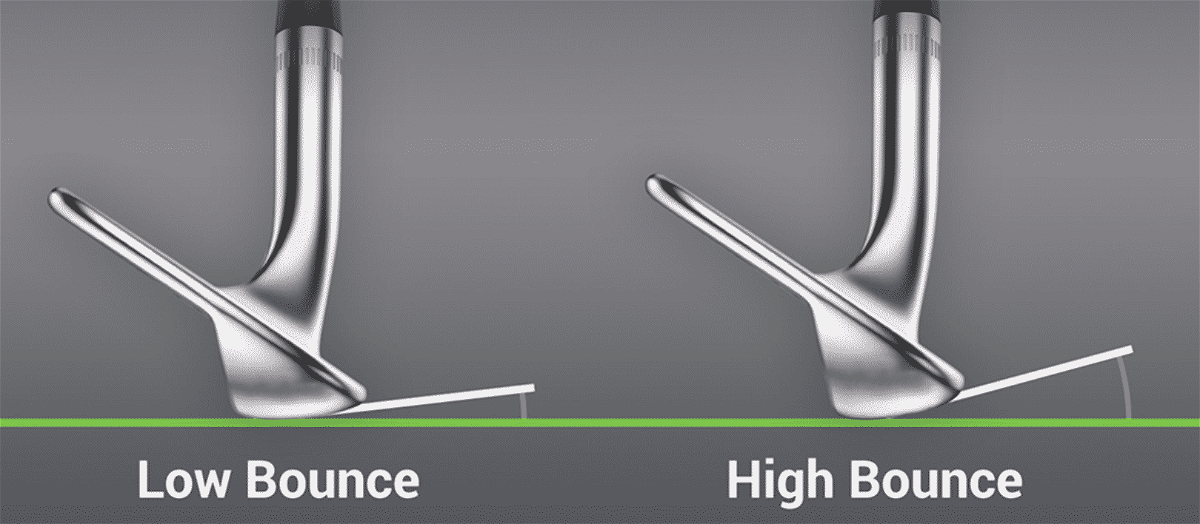
Bounce is the angle between the leading edge of the wedge and the ground. The more bounce the club has, the easier it easily glides through the turf (or the sand).
A standard pitching wedge may have 3 to 5 degrees of bounce. Honestly, for 95% of golfers, you will never even consider its bounce when you shop for a pitching wedge.
However, with a sand wedge, bounce does come into play.
The average bounce on a sand wedge is usually somewhere between 10 and 14 degrees.
The easiest way to choose the right bounce for a club is to consider its purpose. If you want full-swing shots off of tight lights, go with less bounce. If you want full-swing shots off of tight lights, go with less bounce.
Bounce helps with clean contact on short shots from tough lies like sand or thick grass.
Versatility
Obviously, you need both the pitching wedge and the sand wedge in my golf bag. However, when it comes to versatility, the sand wedge always wins.
Sand wedges can be easily manipulated (opened and closed) to hit various golf shots. In addition, they are the tools you want to use out of the sand.
- Pitching wedges are useful for full swing and shorter shots to the green.
- Sand wedges are more versatile.
Clubhead Design
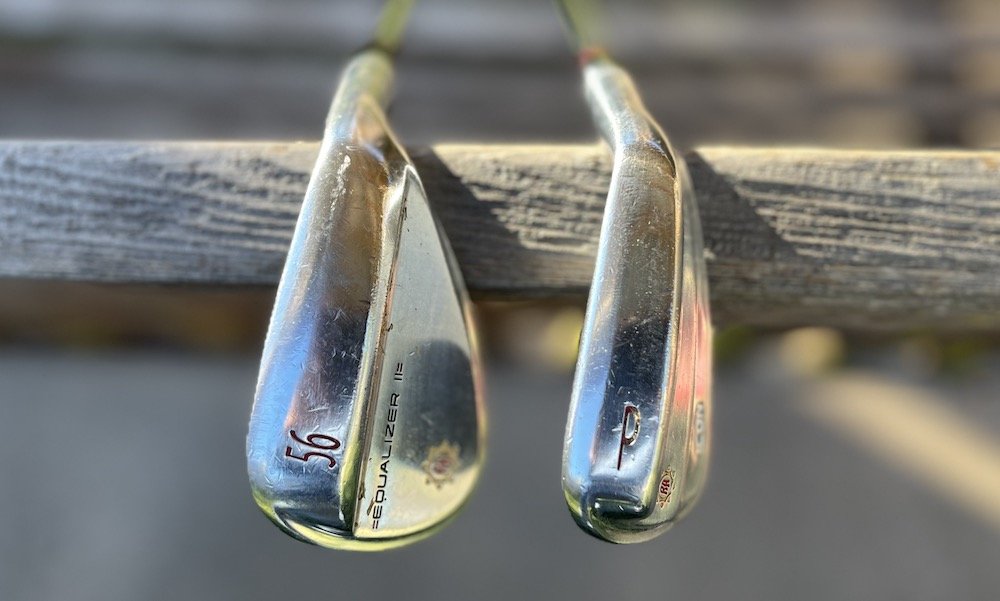
Pitching wedge to the sand wedge clubheads are quite different.
Generally, pitching wedges have thinner and narrower soles with less bounce. This makes solid contact easier on full and partial shots from the fairway.
The sand wedge has a wider sole; for many golfers, it has more of a blade-style look than the rest of the irons in the bag. The wide sole and higher bounce make the sand wedge better for gliding through softer turf and sand.
Sand Wedge vs Pitching Wedge Distance
Wedges are finesse clubs, sand wedges more than pitching wedges. During a round of golf, perfect distances for full-swing pitching or sand wedges are rare.
Generally speaking: If your full-swing sand wedge goes 100 yards, your pitching wedge will likely go about 20 yards further.
Of course, this depends on the exact loft differences, your swing speed, and the type of shot you are trying to hit. Try to remember that when you have a wedge in your hand, the key is distance control, not total distance.
| Swing Speed Category | Pitching Wedge (yards) | Sand Wedge (yards) |
| Slow Swing Speed | 80 | 60 |
| Average Swing Speed | 100 – 110 | 80 – 90 |
| High Swing Speed | 120 – 135 | 100 – 115 |
When To Use The Sand Wedge?
Now that we have the sand wedge vs. pitching wedge concept down. Let’s get into the practicality of when to use a sand wedge or pitching wedge. Here are the times when you should be using a sand wedge.
- High-lofted shots around the green.
- Out of the bunker.
- From soft lies.
- When there is very little green to work with.
- Wet conditions.
- Short shots from thick grass.
The Bottom Line: The sand wedge stops the ball quicker out of the rough, the sand, or from wet turf.
When to Use A Pitching Wedge?
Some people will debate me on my list of when to use a pitching wedge. I don’t like the pitching wedge out of the bunker and don’t think it should be used. If you use it and like it, that’s fine, but the sand wedge offers you more spin and control.
- Chip shots around the green.
- Approach shots (especially those awkward middle yardages 60-90 yards).
- Full swing approaches to the green.
- From tighter lies.
- When the loft is needed to get you out of trouble (pitch back out to the fairway, etc.).
The Bottom Line: Use the pitching wedge for your full-swing approaches. And, when you get close to the green, and there’s no trouble between you and the pin.
When to Use A Sand Wedge or A Pitching Wedge: Three On-Course Examples
Here are a few examples of what to expect on the golf course when it’s time to decide between your sand wedge and the pitching wedge.
50 Yard Approach Shot – Clean Lie – No Trouble In Front
This is an ideal pitching wedge shot. You can take less than a full swing, land it just in front, and have the shot roll back to the pin. A smaller swing with a pitching wedge gives you more room for error than a bigger swing with a sand wedge.
20-Yard Shot – From The Rough – No Green To Work With
Sand wedge is the club of choice here. You’ll never get the pitching wedge shot up quick enough and have it stop on the green where you want it to from the rough.
From the Fringe
Choose the pitching wedge. You can use a simple putting-style pendulum stroke with a little weight forward. You have considerably less room for error when hitting the sand wedge.
Play these shots with the idea of making them, read the green, and try to sink it.
Do the sand wedge and the pitching wedge have to match?
Most sand wedges and pitching wedges do not match. Golfers usually use a pitching wedge with their iron set. They switch to a premium blade style for higher-lofted wedges.
Having the same shafts and grips is preferable, so the clubhead is the only variable.
Sand Wedge vs Pitching Wedge Player Handicap Levels
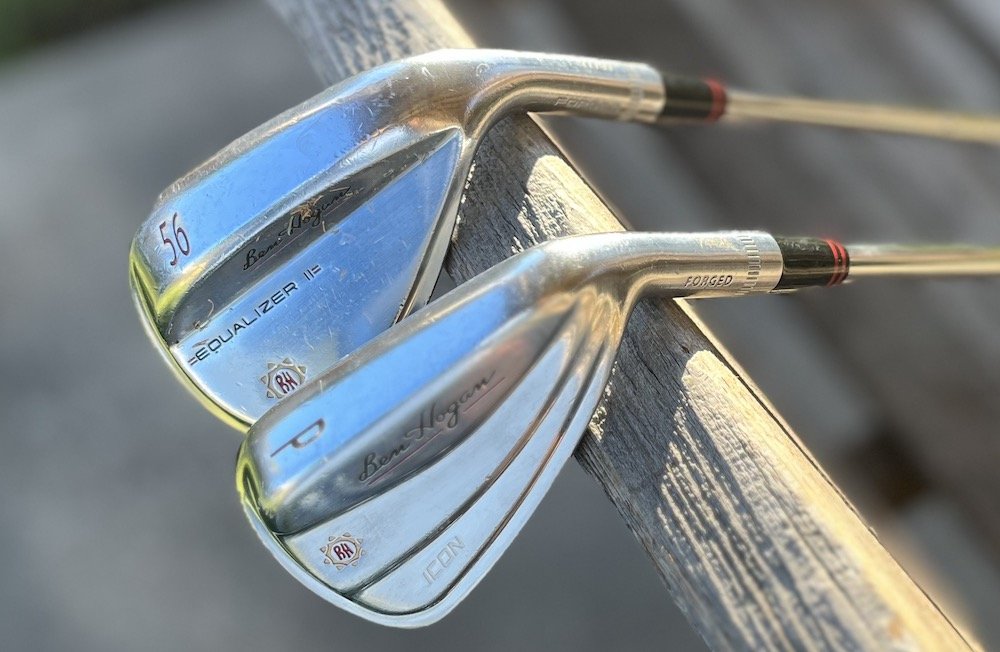
Your approach to the short game will vary depending on your handicap. Here are a few things to keep in mind for sand wedge vs. pitching wedge usage as your handicap changes.
Beginner
Rely on your pitching wedge a lot. You can hit simpler shots with less chance of a blade or a chunk. However, when hitting out of the sand, make sure you use the sand wedge.
Mid Handicap
Mix up the sand wedge and pitching wedge usage. Start to put some thought into the lie you are hitting from. When it’s thicker or soft, use the sand wedge. Clean lines are simpler with the pitching wedge.
Low Handicap
Realistically, the sand wedge will be used more than the pitching wedge. Why? Control! My only caution here is not to become overly reliant on the sand wedge.
When you develop control and skill, you feel you want to use it. Just be aware that you may play the more difficult shot more often than necessary.
FAQ
Should I use a sand wedge or a pitching wedge?
Carry both the sand wedge and the pitching wedge. Use the sand wedge for higher lofted shots where spin is needed.
Can a 52 wedge be used as a sand wedge?
You can, but shouldn’t use a 52-degree wedge for a sand wedge.
Is a 60-degree wedge a sand wedge?
No, a 60-degree wedge is NOT a sand wedge. It’s a lob wedge.
Is a 55-degree wedge a sand wedge?
A 55-degree can be a sand wedge. Sand wedges have lofts anywhere from 54 to 58.
Can a pitching wedge be used as a sand wedge?
No, a pitching wedge can’t be used as a sand wedge. You can open the face to increase the loft, but the bounce and sole design will never match that of a sand wedge.
Final Thoughts on Using a Sand Wedge vs Pitching Wedge
At this point, you should have more confidence when choosing which wedge to use out of the course.
- The sand wedge offers higher ball flight, more control, and spin even when the lie is less than ideal.
- The pitching wedge is the choice from clean lies or on slightly longer approaches to the green.
If you want to get better at golf, learn how to use both, and most importantly, learn WHEN to use both.
Thanks for checking out our guide on the differences between and when to use a sand wedge vs pitching wedge.

